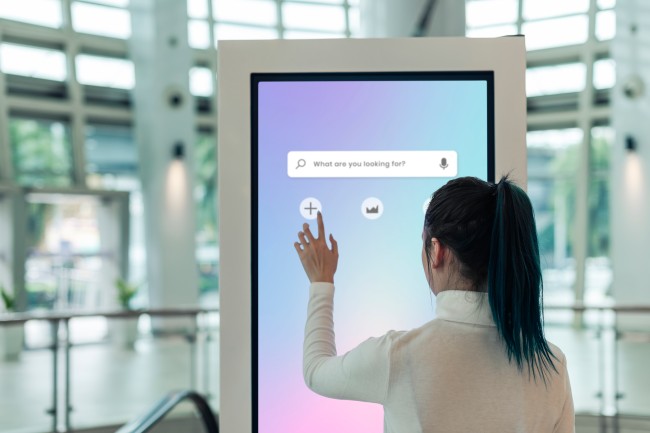
Digital signage has become an increasingly popular tool for government institutions to interact with their citizens.
From providing real-time notifications and updates to displaying dynamic and interactive content, digital signage offers numerous benefits that can help improve public safety, communication between institutions and citizens, emergency response times, and cost savings.
In this article, we will explore 10 of the key benefits digital signage for government institutions.
1. Cost Savings
Government institutions can save a considerable amount of money through digital signage by eliminating costs associated with creating and printing physical signs and posters.
Digital signage also helps to reduce labor costs associated with changing and updating physical signs, as digital signs can be managed remotely, requiring only the initial setup.
2. Visual Appeal
Digital signage allows government institutions to create highly visible and engaging digital displays that are more aesthetically pleasing than traditional physical signs. This can help make important messages stand out, increasing the likelihood of being noticed by viewers.
3. Accessibility
Digital signage offers government institutions much greater accessibility compared to traditional physical signs, allowing officials to update messages from anywhere in real-time. This ensures that the most current information is always available, even if changes need to be made on short notice.
4. Flexibility
Through digital signage, government institutions can quickly and easily change their messaging without worrying about printing new materials or physically replacing existing signs. This makes digital signage an excellent option for officials who need to be able to make frequent modifications quickly and cost-effectively.
5. Automation
With digital signage, government institutions can easily automate processes such as scheduling messages and tracking viewer engagement in real-time without any manual intervention required from personnel onsite or offsite.
This helps improve efficiency while ensuring that important announcements are seen by intended audiences quickly and accurately.
6. Security
With digital signage, government institutions have greater control over their messaging thanks to authentication systems that verify user identity before allowing access to networked digital signs or content management systems (CMS).
As digital signs are less vulnerable to accidental or intentional tampering compared to traditional physical signs, digital signage provides increased security than conventional methods of displaying messages in public spaces like lobbies or hallways.
7. Brand Awareness
By utilizing digital signage in public spaces such as lobbies or hallways within government buildings, agencies can promote their brand awareness and showcase their achievements more effectively than with traditional static signage alone due to its visual appeal and the ability for dynamic updates in real-time.
This enhanced visibility of a brand’s presence helps build better relationships with stakeholders and visitors alike while reinforcing the message that a particular agency is open for business and committed to providing quality services.
8. Crowd Control
Digital signage can provide useful information about current events or local attractions which may alleviate overcrowding in certain areas during peak periods.
For example, digital signs can inform customers or visitors about closed areas for maintenance or attract attention to alternative routes/avenues to avoid congestion.
9. Reporting
Government institutions can use digital signage as a platform to collect data related to the viewing habits of audiences and then analyze this information in order to make informed decisions regarding future digital signage content.
This data can also provide useful insights into customer behavior, enabling agencies to tailor digital content more appropriately in order to make sure it resonates with target audiences.
10. Interaction
Through digital signage, government institutions can create interactive experiences that go beyond just displaying static messages on the screen, allowing viewers to interact with digital signs using technologies such as QR codes, touchscreen controls, and near-field communication (NFC).
This allows digital signs to become more engaging and effective in delivering information while also encouraging greater visitor engagement with digital messages.
Conclusion
By using digital signs in public spaces, governments can increase awareness of important issues such as health, safety, and environmental protection.
With the right digital signage solution and content strategy combined with targeted placement, digital signs can be used to effectively communicate meaningful information that resonates with viewers.
